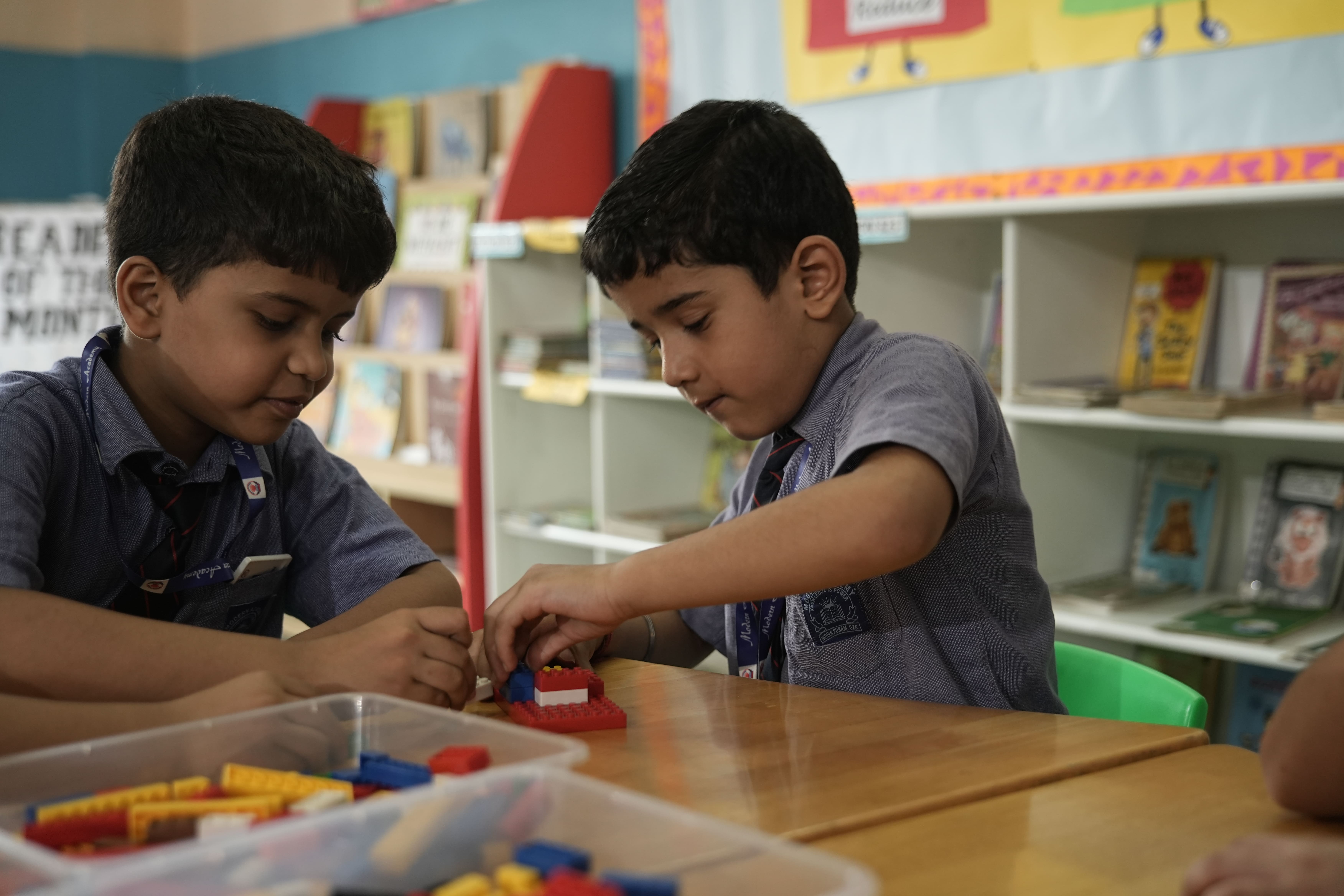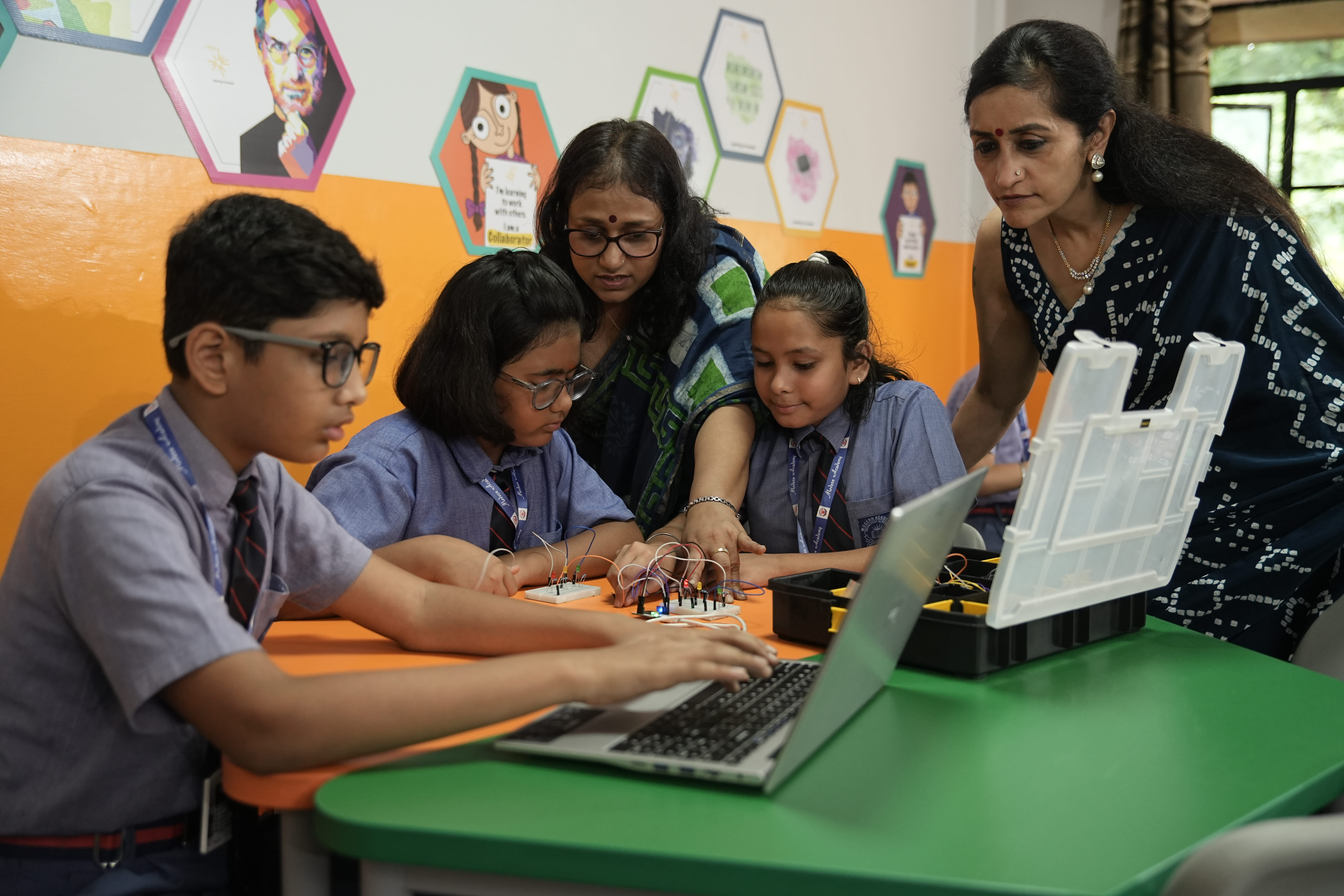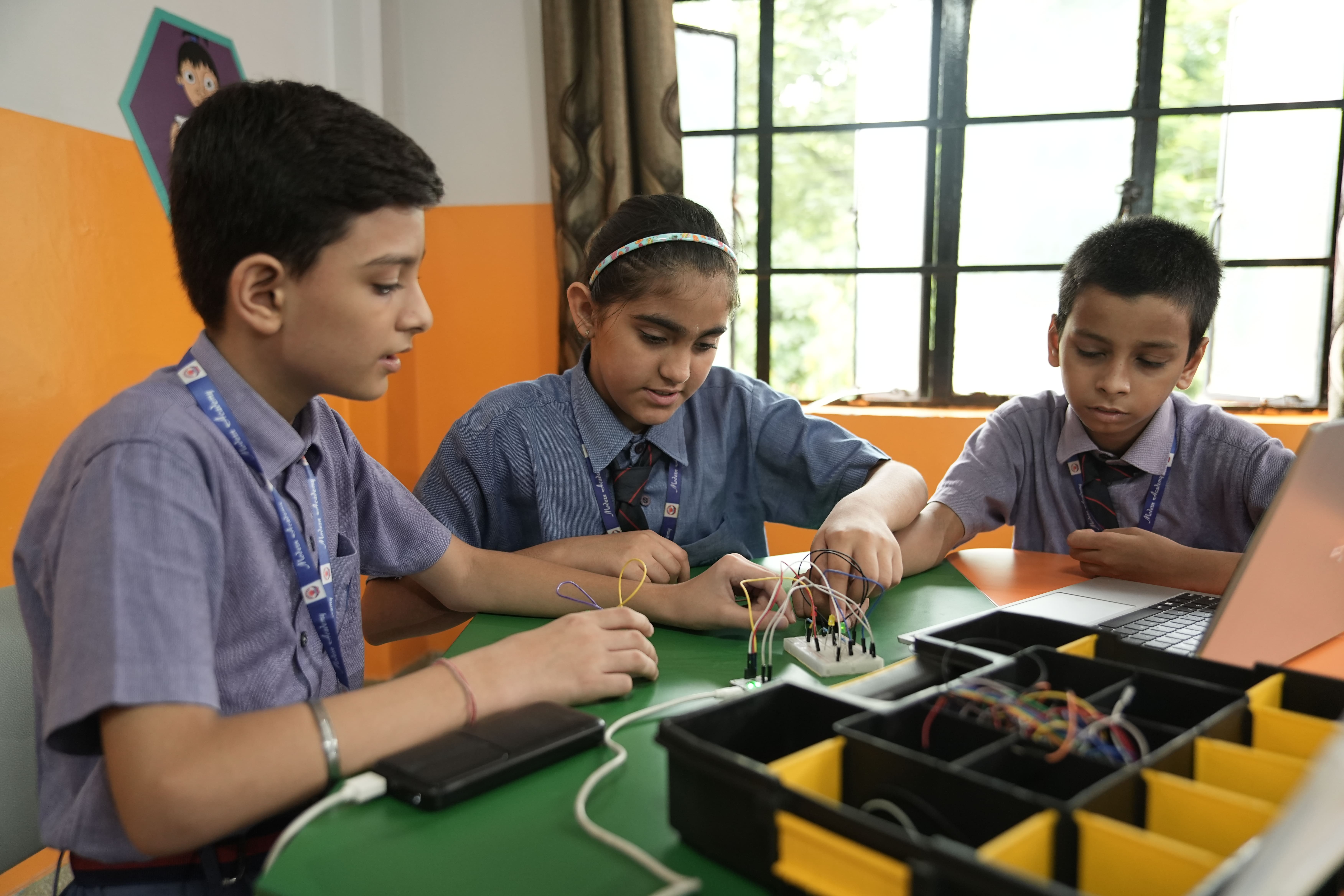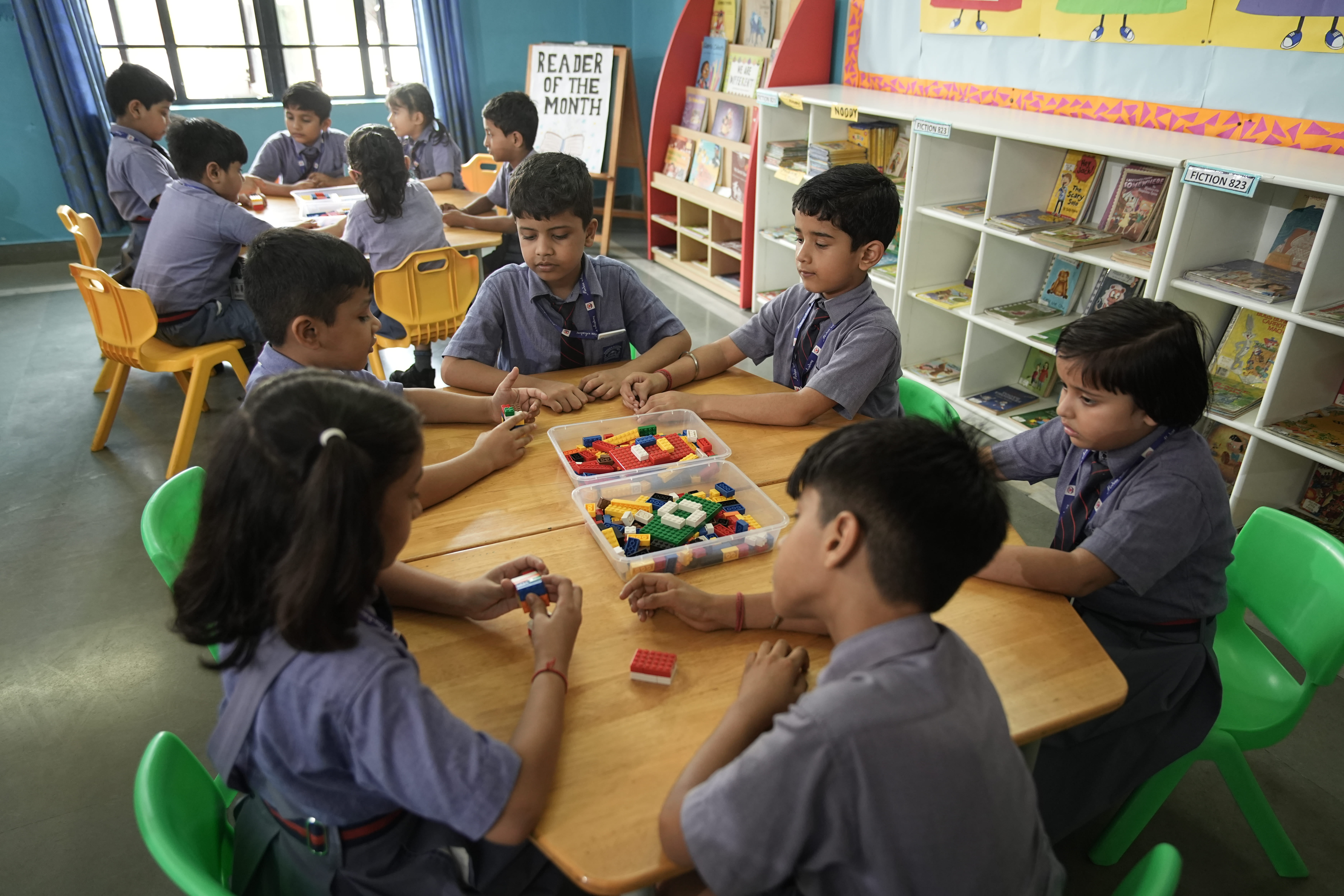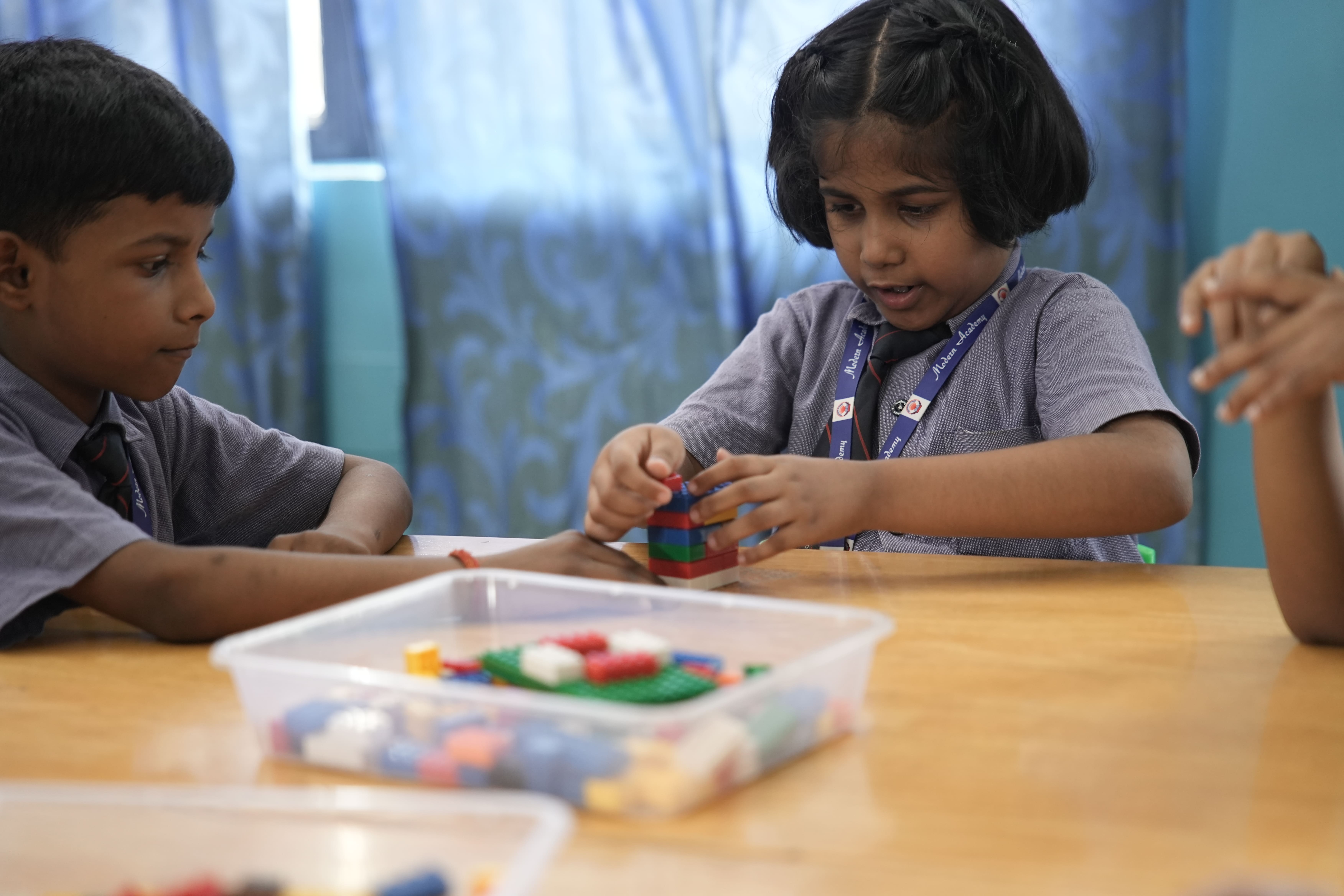STEAM stands for Science, Technology, Engineering, Arts, and Mathematics. It is an interdisciplinary approach to learning that encourages students to think critically, solve problems creatively, and apply knowledge in real-world contexts. Unlike traditional education, where subjects are taught in isolation, STEAM integrates these disciplines to foster innovation and experiential learning.
Importance of STEAM Education
- Develops 21st-century skills- Critical thinking, problem-solving, collaboration, and creativity are essential skills in today’s world.
- Encourages Innovation- STEAM promotes hands-on learning, allowing students to build, experiment, and innovate.
- Bridges the gap between theory and practice- Students apply concepts to real-world challenges, making learning more engaging and relevant.
- Prepares for Future Careers- With the rise of automation, AI, and technology-driven industries, STEAM skills are in high demand.
- Boosts Confidence & Engagement- Learning through exploration and experimentation fosters curiosity and confidence among students
Why Include STEAM in the School Curriculum?
STEAM education is no longer optional but a necessity in today’s fast-evolving world. By integrating STEAM into the curriculum, schools can:
- Enhance conceptual understanding through hands-on projects.
- Prepare students for higher education and careers in STEM and creative industries.
- Foster an inquiry-based learning environment where students learn by doing.
- Encourage interdisciplinary thinking, allowing students to see connections between subjects.
STEAM Lab in Our School
At Modern Academy, Indirapuram, we have a fully equipped STEAM Lab, where students explore and experiment with cutting-edge tools and technologies. Some of the key activities in our STEAM Lab include:
- Robotics & Coding – Students build and program robots to solve real-world problems.
- 3D Designing – Hands-on projects that help students prototype innovative solutions.
- Electronics & IoT – Understanding circuits, sensors, and automation through practical applications.
- Engineering Challenges – Encouraging inquiry-based learning through experimentation.
- Art & Creativity Integration –Incorporating design and artistic expression into STEM projects.
Future Prospects of STEAM Education
The future belongs to those who can think beyond boundaries and apply knowledge innovatively. STEAM education prepares students for careers in:
- Artificial Intelligence & Machine Learning
- Data Science & Cybersecurity
- Architecture & Engineering
- Creative Design & Digital Arts
- Entrepreneurship & Innovation
By nurturing an innovation mindset, STEAM ensures that students are future-ready, no matter the career path they choose.
Creya in Our School
At Modern Academy, we have partnered with Creya Learning and Research, a leading experiential learning organisation, to enhance STEAM education. Creya Studio at our school helps students develop:
- Design Thinking Skills through structured projects.
- Hands-on Learning using real-world challenges.
- Collaboration & Problem-Solving through group activities and competitions.
Creya’s experiential learning approach ensures that students not only understand concepts but also apply them in innovative ways.
Conclusion
STEAM education is transforming the way students learn and preparing them for the challenges of tomorrow. By fostering creativity, critical thinking, and technological skills, we are shaping young minds to become innovators, leaders, and problem-solvers in the ever-changing world. At Modern Academy, our STEAM Lab and Creya are empowering students to dream, create, and achieve.


 Admission Enquiry
Admission Enquiry Fee Payment
Fee Payment Edunext ERP TM Login
Edunext ERP TM Login
